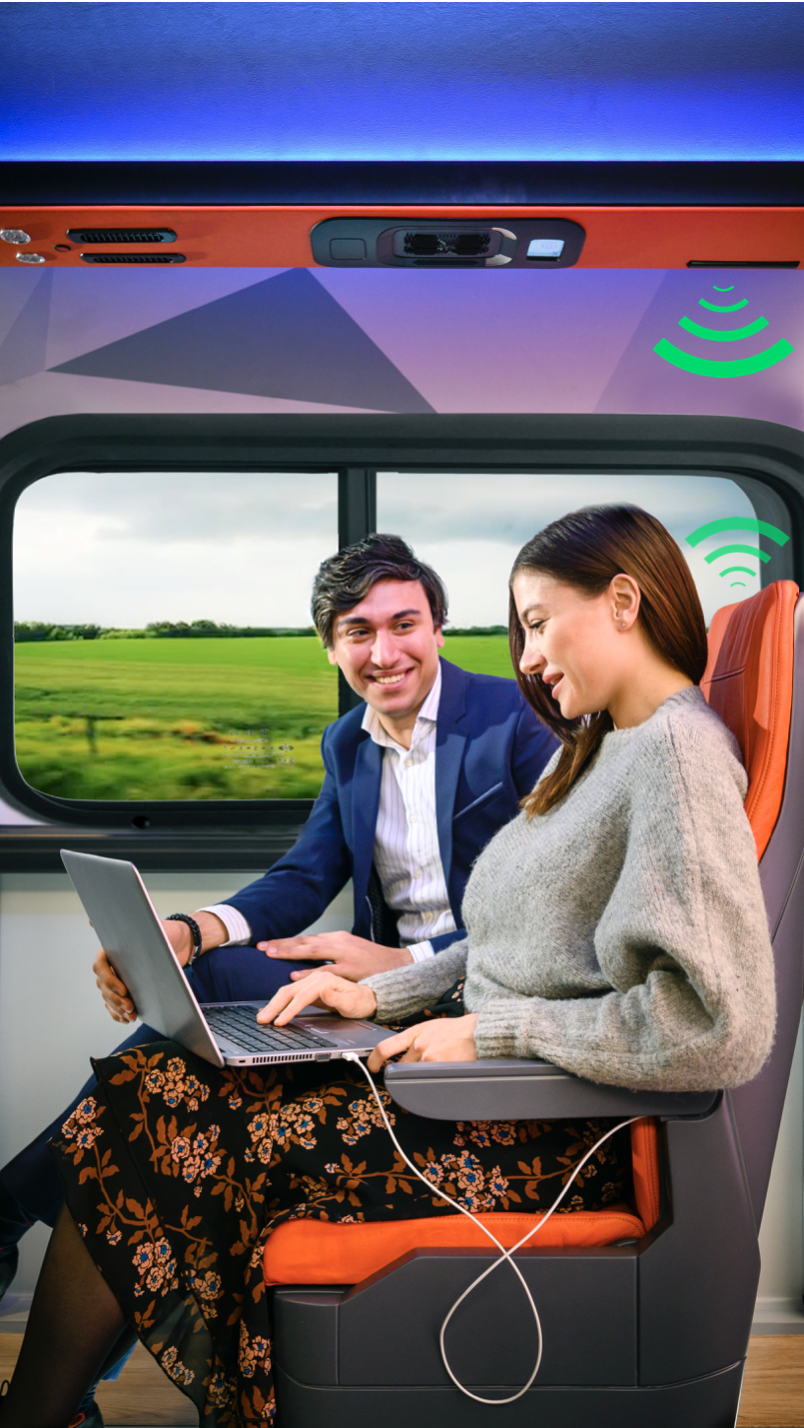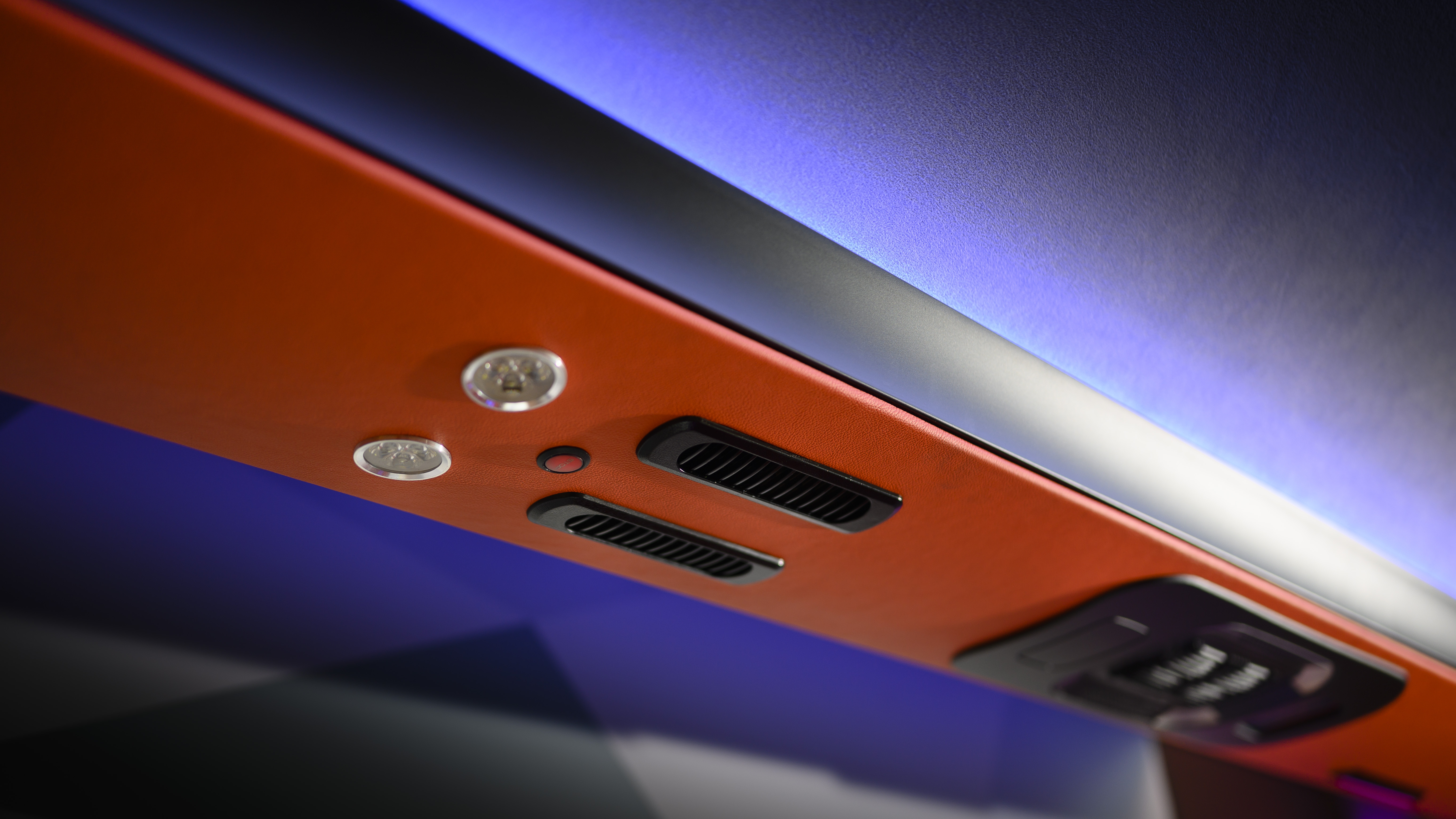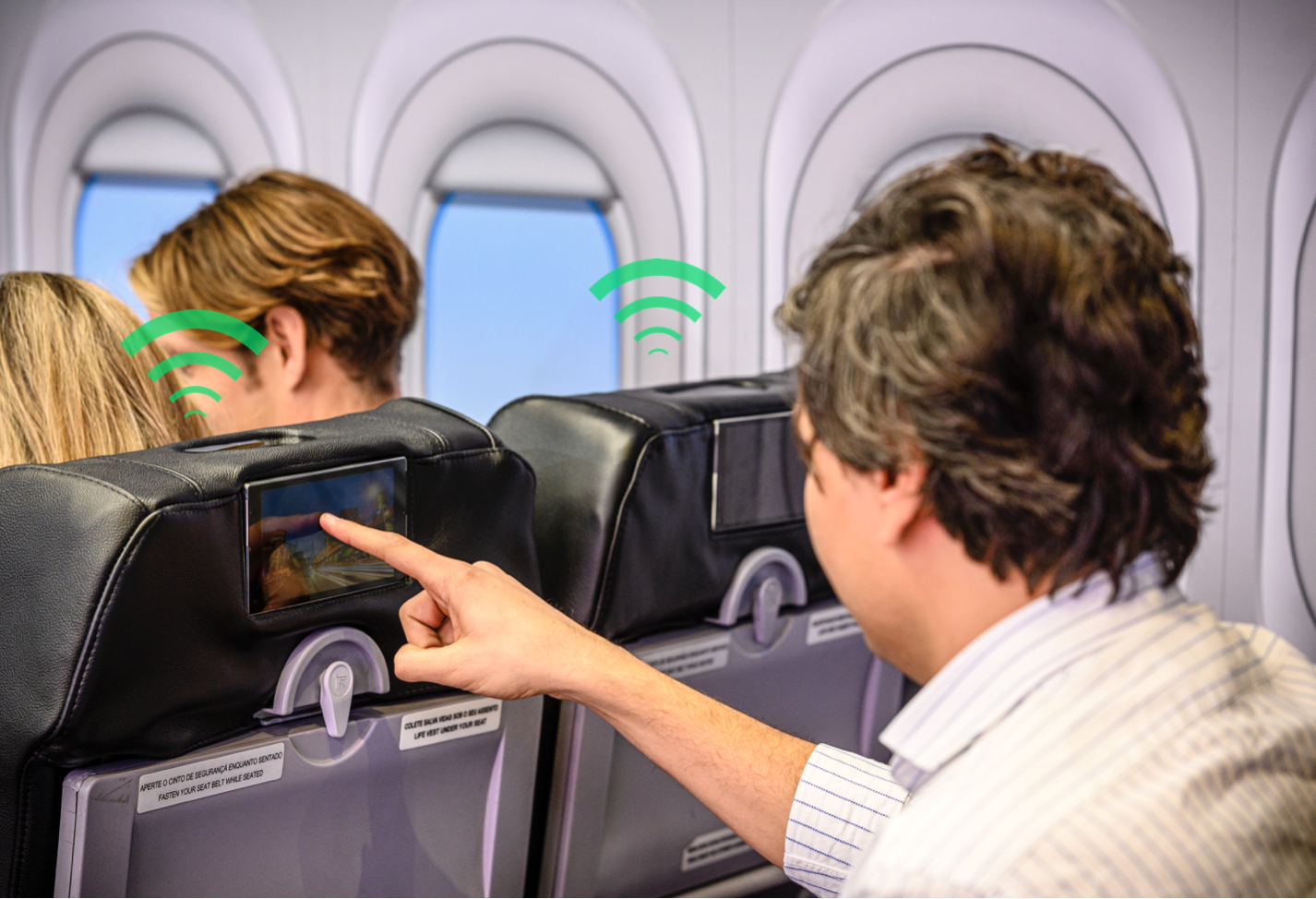Signify has been proactively expanding its LiFi services via cooperation with partners in different fields to provide reliable, secure and fast connectivity everywhere. The company announced a pilot project with Ellamp Spa, an Italian designer and manufacturer of interior systems and components for public and private transport by road and rail, to provide Trulifi systems to buses. The move follows a recent similar announcement with Latécoère to provide Trulifi for passenger aircraft.

(Image: Signify)
The pilot with Ellamp will improve passenger connectivity in buses and aims to give them more personal control over the facilities in the bus, including the air conditioning and light levels for their seat, but also the ordering of catering. At a later stage, when telecommunications providers enable broadband support to moving vehicles, passengers will also be able to connect their own devices to the Internet via Trulifi.

(Image: Signify)
The Trulifi systems are very stable as the signal is not impacted by movements of the bus. The technology uses a line-of-sight connection that gives passengers their own secure LiFi-network, instead of having to share radio waves with other travelers. Infrared light is used so the system works in any lighting condition.

(Image: Signify)
Last month, Signify announced a partnership with Latécoère, a French tier 1 partner that provides Aerostructure and Interconnection systems to major international aircraft manufacturers, to develop LiFi systems in commercial airplanes.
Signify launched its Trulifi systems earlier this year and has installed more than 100 projects worldwide, showing a growing demand for the technology in offices, the hospitality sector, government institutions and industry. Trulifi combines energy-efficient LED lighting with a reliable, secure and high-speed two-way wireless connection, with speeds of up to 250 Mbps for the downlink and the uplink.
